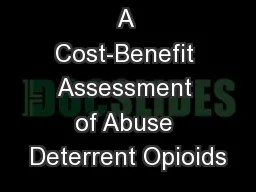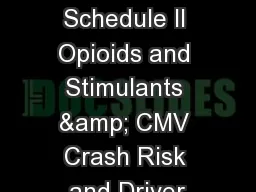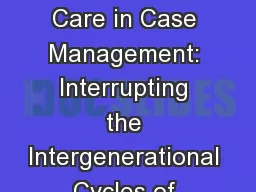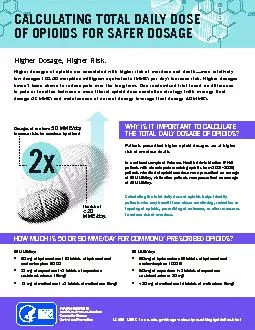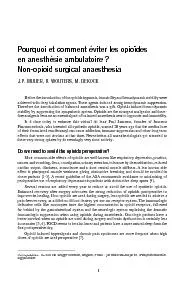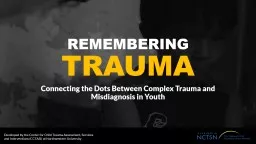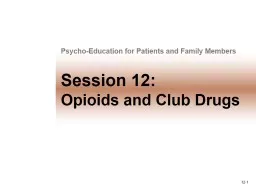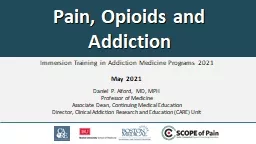PPT-Trauma and Opioids Summit
Author : liane-varnes | Published Date : 2017-03-15
Outpatient Opioid Therapy Mitigating Risks Perry G Fine MD Professor of Anesthesiology Department of Anesthesiology School of Medicine University of Utah O
Presentation Embed Code
Download Presentation
Download Presentation The PPT/PDF document "Trauma and Opioids Summit" is the property of its rightful owner. Permission is granted to download and print the materials on this website for personal, non-commercial use only, and to display it on your personal computer provided you do not modify the materials and that you retain all copyright notices contained in the materials. By downloading content from our website, you accept the terms of this agreement.
Trauma and Opioids Summit: Transcript
Download Rules Of Document
"Trauma and Opioids Summit"The content belongs to its owner. You may download and print it for personal use, without modification, and keep all copyright notices. By downloading, you agree to these terms.
Related Documents


